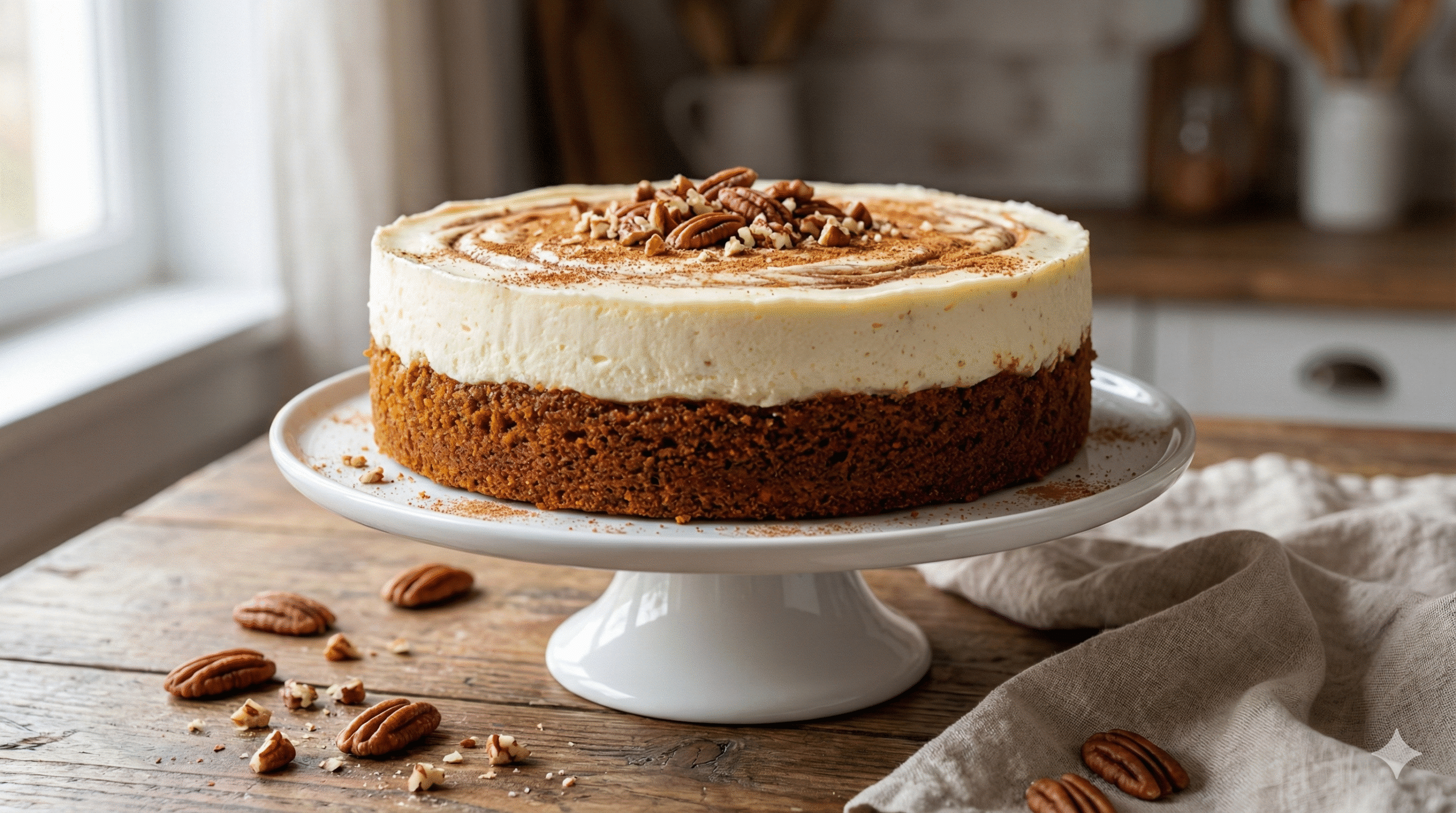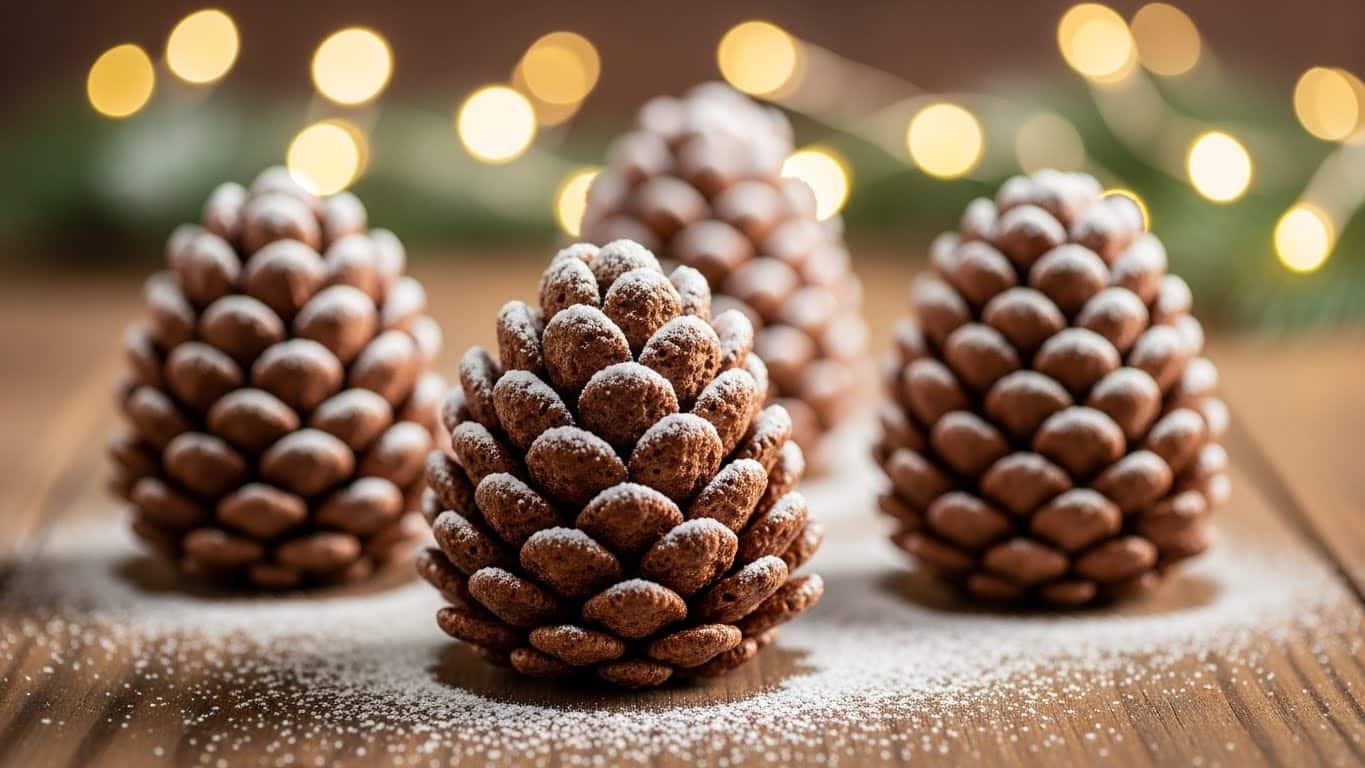Table of Contents
I’ll never forget the first time I tried making cottage cheese ice cream. I’d seen it all over social media—creamy scoops, luscious swirls, packed with protein and naturally sweet. Mine? A frosty block that could have doubled as a paperweight. One hopeful scoop in and I was met with a spoon-bending crunch of ice crystals. Yikes.

But like any good recipe story, there’s a lesson in the mess. If your cottage cheese ice cream turned out icy, you’re not alone. The truth is, this frozen trend can be fussy—especially if you skip a few key steps. In this guide, we’ll break down exactly why cottage cheese ice cream gets icy, and more importantly, how to fix it.
If you’re new to this high-protein dessert, start with my go-to cottage cheese ice cream recipe—it’s creamy, no-churn, and endlessly customizable. Once you’ve got the base down, you can experiment with flavors without worrying about texture fails.
What Makes Ice Cream Turn Icy in the First Place?
Let’s start with the science. Ice cream becomes icy when too much free water in the mixture freezes into large crystals. This usually happens when the recipe doesn’t include enough fat, sugar, or stabilizers—ingredients that slow down freezing and create a creamy texture.
In traditional recipes, egg yolks, cream, and slow churning help emulsify and aerate the base. But with shortcut versions like no-churn ice creams—or recipes using ingredients like cottage cheese—there’s no churn, no eggs, and often lower fat. That means water in the mixture freezes fast, forming a grainy or rock-hard texture.
Temperature matters too. If your freezer runs cold (hello -10°F), even a well-blended base can end up icy.
Why It Happens More Often in Cottage Cheese Ice Cream
Cottage cheese might seem creamy, but it’s mostly water—some versions have up to 80% moisture. That makes it a bit tricky to freeze without adjustments.
If you blend it with just fruit or honey and freeze right away, you’re basically making a frozen purée. It lacks the fat and sugar needed to slow crystallization. That’s why your ice cream might turn out grainy, icy, or freeze into a block.
Also, skipping the step of pre-chilling your base or using a shallow container can worsen the issue. The faster it freezes, the more chance for crystals to form.
Want a smoother start? I use a banana or a scoop of nut butter in my base—just like in tahini iced coffee where fat smooths the bitterness, it also balances texture in ice cream.
Preventing Ice Crystals from Forming
How to Keep Cottage Cheese Ice Cream from Freezing Solid
The good news? A few tweaks can turn icy disappointment into creamy magic. The trick is minimizing free water and adding structure before you freeze.
Start by blending your cottage cheese base really well. A high-speed blender works best—you want it silky-smooth with no curds left behind. Next, use natural stabilizers to bind water and prevent large ice crystals. Here are my go-to tricks:

- Banana: Adds creaminess and natural sweetness while helping to emulsify.
- Nut butter (like almond or peanut): The healthy fats help with mouthfeel and slow down freezing.
- Maple syrup or honey: Sugar isn’t just for taste—it lowers the freezing point for a softer scoop.
Also, let your mixture chill in the fridge for 30–60 minutes before freezing. This step reduces temperature shock, which can contribute to rapid ice formation.
And don’t forget your container: use a shallow, airtight dish to help it freeze faster and evenly—no huge blocks of ice in the middle. I use the same approach when prepping no-cook mason jar salads to maintain texture and freshness layer by layer.
Why Sweeteners, Fats, and Add-ins Help Texture
Here’s where cottage cheese ice cream gets fun: small ingredients make a big difference. Using just cottage cheese and fruit might work in theory, but it often lacks structure and fat—two things traditional ice cream relies on.
Here are some add-ins I’ve tested (and loved) for creamier results:
- Dates: Blendable, sweet, and high in fiber—they hold everything together.
- Greek yogurt: Adds a bit of tang and balances the water content.
- Mascarpone or full-fat cream cheese: Ultra-luxurious and perfect for dessert-like versions.
- Protein powder: Thickens the base and adds creaminess with a nutrition boost.
I like to think of these as flavor and function in one—just like I add texture layers to my baked feta chicken quinoa bowls, these ingredients serve more than one purpose.
Fixing Ice Cream That’s Already Icy
How Do You Fix Icy Cottage Cheese Ice Cream?
So your cottage cheese ice cream came out icy. Don’t toss it—there are still ways to save it.
Method 1: Reblend & Refreeze
Let the ice cream sit at room temperature just until it softens enough to scoop. Pop it back into a blender with a splash of milk, cream, or even a banana to help smooth it out. Blend until creamy, then refreeze in a shallow, airtight container. If your freezer has a quick-freeze function, use it—that helps minimize new crystal formation.
Method 2: Repurpose It
If it’s beyond saving, turn it into something new:
- Smoothie base: Use icy scoops with frozen berries, nut milk, or a spoonful of nut butter.
- Frozen parfait: Layer icy chunks with granola and fresh fruit.
- Protein bowls: Scoop over warm oats or pancakes for contrast.
It’s the same mindset I apply in my kitchen all the time—when something’s not perfect, I pivot. My key lime pie overnight oats started as a recipe flop, and now they’re a go-to.
Tips to Avoid Ice Crystals in the Future
Once you’ve had one icy batch, you learn quick. Here are tips I follow every time now:
- Blend it like it’s your job. The smoother the base, the creamier the freeze.
- Use sweeteners and healthy fats—they help control ice crystal size.
- Freeze fast in small, shallow containers (metal loaf pans work great).
- Don’t skip the chill. Pre-chilling your mixture before freezing makes a huge difference.
- Wrap the top with wax paper or plastic before adding the lid to reduce air exposure.
As with fruit salsa and cinnamon chips, the right layering and sealing method matters more than you’d expect.
Smart Flavor & Texture Tips
How to Make It Creamier Without an Ice Cream Maker
No ice cream maker? No problem. You can still make cottage cheese ice cream that’s scoopable, smooth, and satisfying. The secret lies in blending well and choosing ingredients that create structure and richness.
Here are a few add-ins that naturally improve texture:
- Nut butters: Almond, cashew, or peanut butter adds fat and a luxurious mouthfeel.
- Avocado: Adds healthy fats without overpowering flavor—great for chocolate bases.
- Mascarpone: Ultra-creamy and neutral-tasting; pairs perfectly with berries or espresso.
- Full-fat coconut cream: Makes your ice cream taste like a tropical dream—especially with pineapple or mango.
The best part? These upgrades take seconds to add and don’t require any fancy tools. It’s the same kind of shortcut magic I love in recipes like my 5-ingredient lasagna: maximum payoff, minimal stress.
Favorite Add-ins to Improve Flavor + Mouthfeel
Cottage cheese ice cream has a blank-slate vibe, which means you can make it bold, fruity, rich, or indulgent depending on your mood.
Try these for an upgrade in both flavor and texture:
- Crushed cookies or graham crackers for crunch and sweetness
- Chocolate chunks or cocoa nibs for richness and contrast
- Jam or fruit swirl for a ripple effect and extra sweetness
- Espresso powder or cinnamon for depth and warmth
And don’t forget: how you freeze it matters just as much as what you freeze. Always press plastic wrap directly onto the surface before sealing, and avoid frequent temperature swings (no half-scooping and refreezing!).

Need more no-churn dessert inspiration? My cottage cheese ice cream base includes all the tips you’ll need to build and customize endlessly.
FAQ: Cottage Cheese Ice Cream
Why did my ice cream come out icy?
Ice cream gets icy when it contains too much water and not enough fat or sugar to prevent large ice crystals. Poor blending and skipping chill steps can also cause this.
How to keep cottage cheese ice cream from freezing solid?
Blend the base well, use natural stabilizers like banana or nut butter, and chill it before freezing. Freeze in shallow, airtight containers and wrap tightly to reduce exposure to air.
How do you fix icy ice cream?
Let it soften slightly, then reblend with a bit of milk or cream and refreeze. Or, repurpose it into smoothies or parfaits where texture isn’t as important.
Conclusion
Making cottage cheese ice cream creamy instead of icy isn’t just luck—it’s knowing a few tricks. From choosing the right fat-to-water ratio to freezing it properly, small adjustments lead to major texture improvements.
Remember, every ice cream flop is just one step closer to your perfect scoop. With a little blending magic and thoughtful ingredients, your next batch will be dreamy, creamy, and 100% spoon-worthy.
Join our vibrant Facebook group, Today’s Recipe, Tomorrow’s Favorite, and share your best brunch creations!





